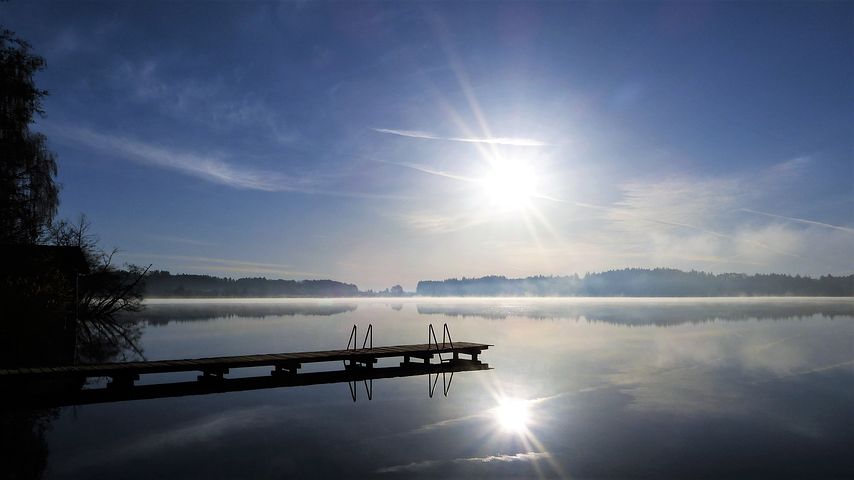It was a packed house as KPMG hosted our AHN esteemed panel for this amazing evening and discussion. Prof. Mei Krishnasamy encouraged a robust and honest conversation between Prof. Jenny Philip, Dr. Claire Hepper and Prof. Charlie Corke with terrific engagement from the AHN members.
As always, the conversation was wide-ranging and it was clear people were passionate about the topic with everyone sharing very thoughtful and personal comments (and, as it was pointed out, we’re all ultimately future consumers).
Here’s the wrap up and summary of the salient points from the conversation:
- We need to start recognising and addressing the inherent dichotomies
Culturally, it’s not the “norm” (it’s the so-called “unspeakability of death”) and we’re not prepared to speak about the final stage: we need to get better and more sophisticated at it.
We often expect clinicians to have these difficult conversations but we don’t arm them accordingly and then we don’t reward them for making the tough decisions.
Very few people want to live as long as possible. Often, people state they don’t wish to “suffer” with pain (and often it’s the physical pain) but this seems to be a very narrow definition of “suffering”. Suffering has a much broader definition and encompasses so much more – it’s about the long journey but not enjoying the road!
At the end of all this, it’s really about “care”, not dying, and the general system is already beginning to show cracks. How do we prevent this from happening and the system completely breaking down?
- Build on what is strong, not what is wrong
There is a tendency in medicine to focus on our failures. For many, we understand a “good death” as being what the person desired. However, someone’s death is often judged by the family, friends who were present.
- Engage and enable the community to lead
For some, dying and death is no longer a taboo subject and yet, for others, it’s possible to have an entire conversation about death without talking about the disease process. We need to engage and enable!
As health professionals, we like to see an ordered process in the care we deliver. In many instances, dying doesn’t fit this pattern; so, we assume it not happening. We need to encourage these conversations in the community.
This needs to be a community initiative. People highlighted their amazement at the capacity from the local community when tragedy occurs: the sheer drive, love and support provided.
Importantly, there’s so much that can be done to help and to give the carers a break. It’s the job of the community (loosely defined) to help the carer.
- Take every opportunity to have a conversation about death
Navigation of the end-of-life is important for everyone to have considered. This includes clinicians and health workers in their own personal life. Many people simply assume their family knows what their wishes are. We need to understand this is not always the case.
However, sometimes we’re not good at framing the question. One panellist talked about how they initiate the conversation by talking about “living at the end” and that helps people open up and start the discussion about their wishes.
The advent of voluntary assisted dying (VAD) legislation in Victoria will act as a stimulus and catalyst for conversations about death.
Regardless of the position you hold as a clinician or person in the community, it’s important to understand the system in which VAD exists so we can ensure the family and friends are cared for after a person’s death.
- Clinician education and training are both crucial
If we expect clinicians to have these difficult conversations, we should ensure they have the correct skills and education to do this properly. Clinicians need help to become comfortable with these discussions and they need to be taught how to have the conversations. It’s confronting (and understandably unfair) for the most junior and least experienced clinicians who are often delegated the task.
As a clinician, be informed, refer, manage vulnerability (patients often know it’s the end), be open and recognize it’s okay to say “I don’t know) – just don’t be negligent.
Additional links:
- Cassel EJ (1982). The nature of suffering and the goals of medicine. N Engl J Med. Mar 18; 306(11): 639-45 https://www.ncbi.nlm.nih.gov/pubmed/7057823
- Shannon’s Bridge is a not-for-profit, volunteer organisation that works at connecting patients, families and existing palliative care services for support and help with home-based care at the end of life: https://www.shannonsbridge.com/


